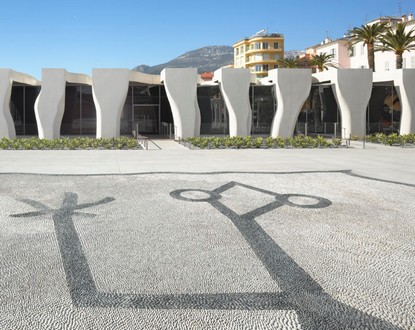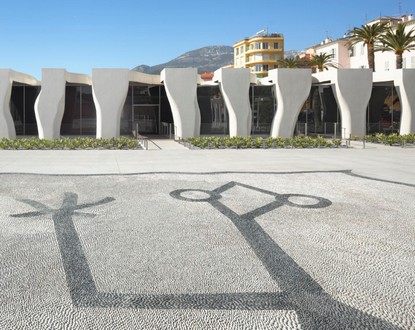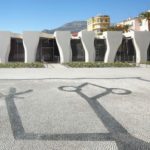The Jean Cocteau Museum in Menton, after one year of existence and the success of nearly a hundred thousand visitors during its first year, marking a clear success, begins its second year with a theme centered around theater and cinema.

This questioning about the reason for existence will pursue the work of this exceptional artist. He will revisit theater, meet Sarah Bernhardt and be inspired by her gestures, the tragedian, it’s filmed theater, and cinema frees the stage from its constraints, from those famous three unities.
She is the golden voice, a sacred monster. The Music-Hall with the lady of Monte Carlo, Marianne Oswald. The human voice that Rossellini will reprise with Anna Magnani.
Cinema enthusiasts will be captivated by excerpts from various films where the children or maybe the parents are terrible. Orpheus, Antigone, Oedipus, we are deeply in classic humanities, and Greek and Latin lessons come to our memory. Then it is the infernal machine and the beginning of the artistic collaboration between Jean Cocteau and Jean Marais. The knights of the round table, written in 1937 for this young film star.
The exhibition unfolds in six sequences:
The Red and Gold ailment with Sarah Bernhardt at the end of the 19th century.
Towards a poetry of theater and the marriage at the Eiffel Tower
The new sacred monsters where Edith Piaf with whom he creates the beautiful indifferent
The revisited tragedy where he expresses the difficulty of being, in a metaphysical question
Stage the invisible. There Cocteau is inspired by the middle ages, Tristan and Iseult.
The cinema of theater where the terrible parents offer Jean Marais his most beautiful role.
These six sequences, chapters, periods, we can’t really define them as they interlink with each other. It’s actually a scenario that is proposed to the visitor, he discovers an intimate Jean Cocteau, the artist, his writings, his drawings, his sketches. It’s a bit like entering his house, deep into his secret garden.
This exhibition is a wonderful educational tool, a goldmine for the student, a treasure for the cinema lover. The visitor will go from one sequence to another, from one act to another and from Sarah Bernhardt to Jean Marais, he will browse through cinema and theater which in Cocteau’s work blend and merge, and from a silent film to Anna Magnani’s telephone conversation, he will be able to appreciate the genius and eclecticism of this universally minded man through 200 diverse works.
Thierry Jan



